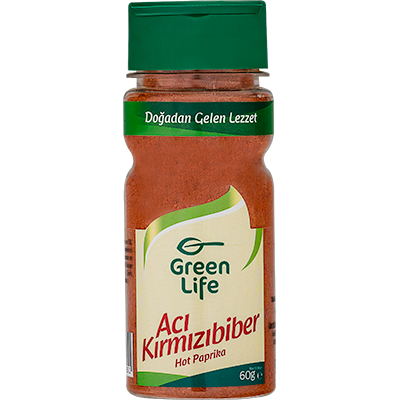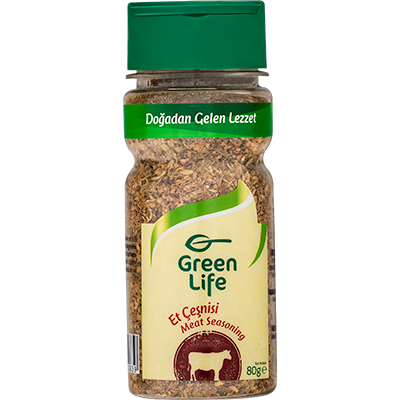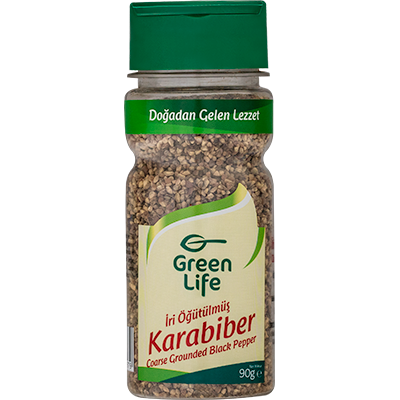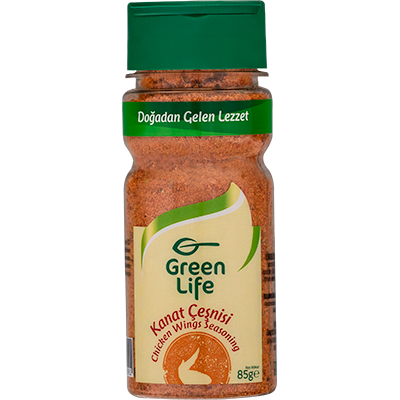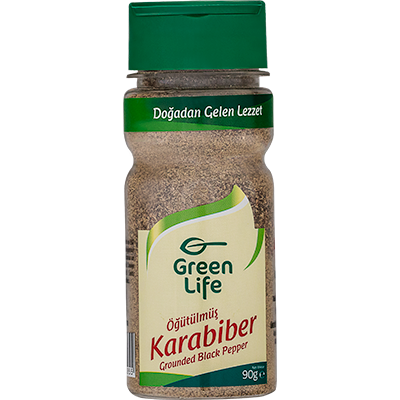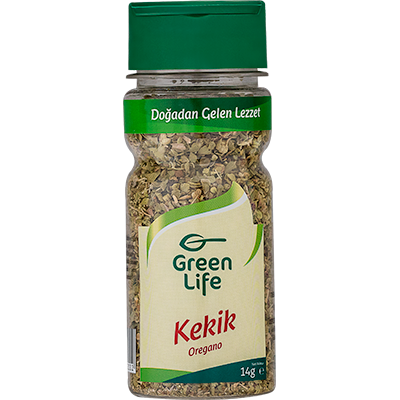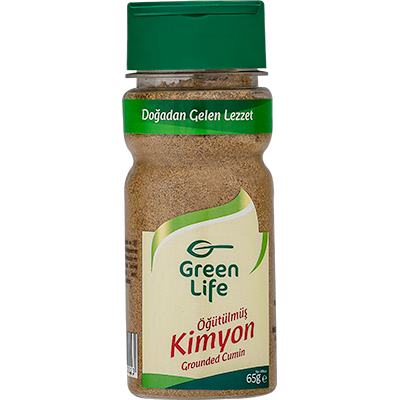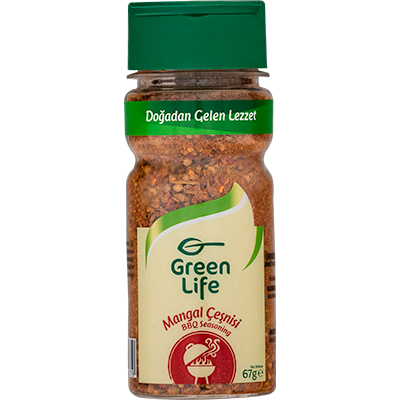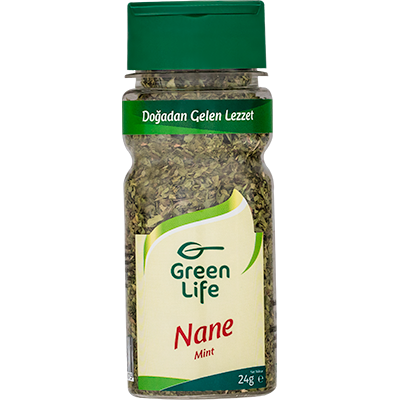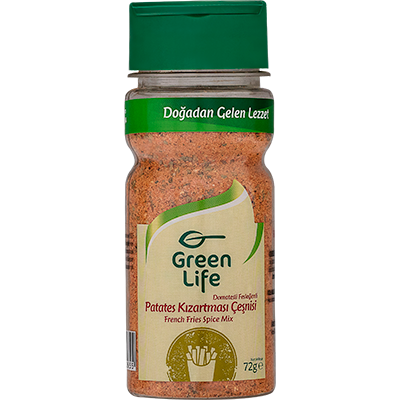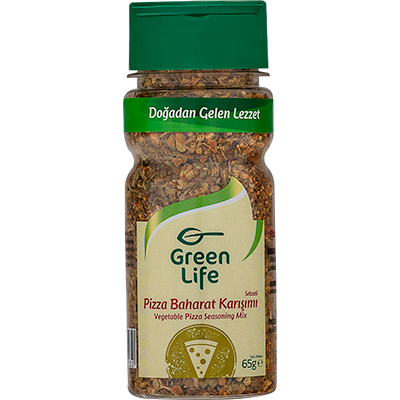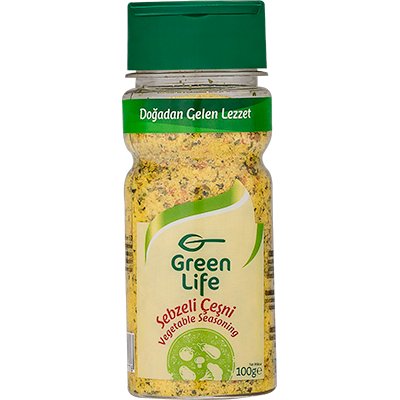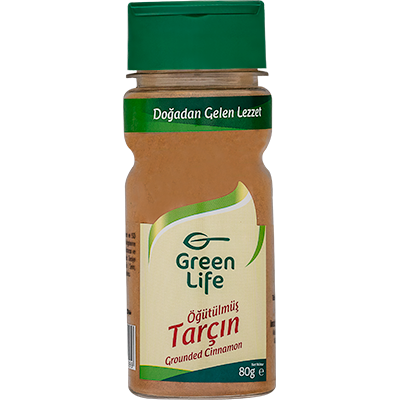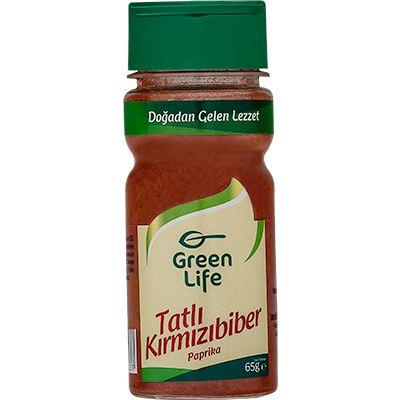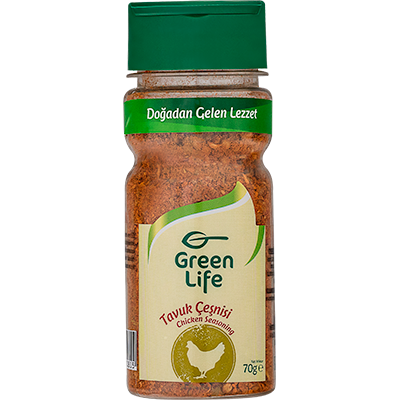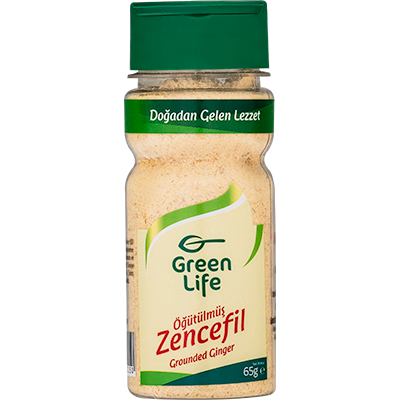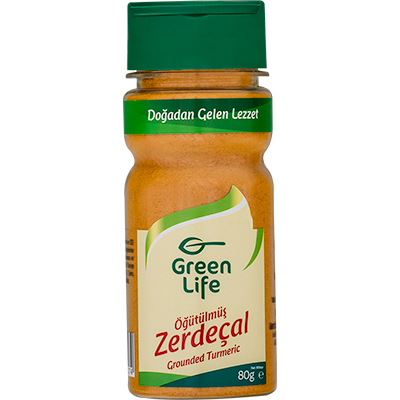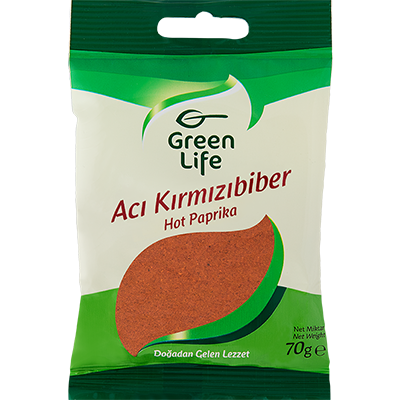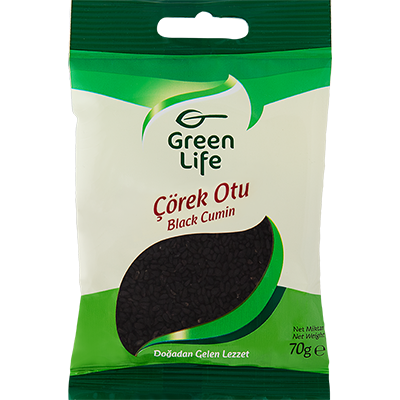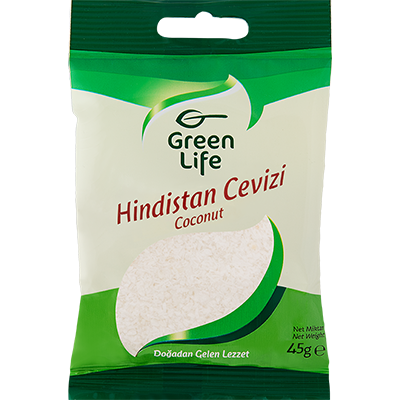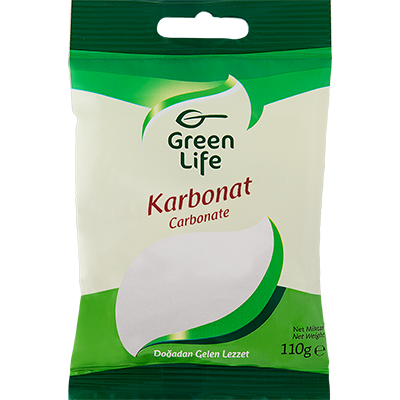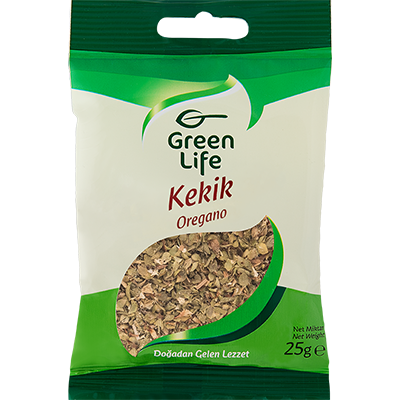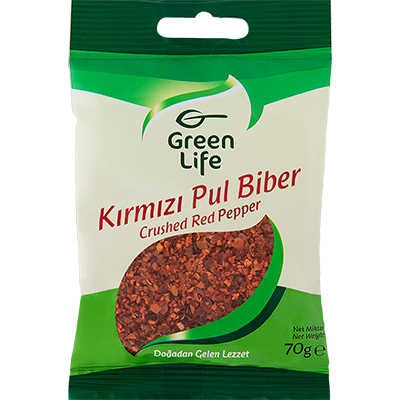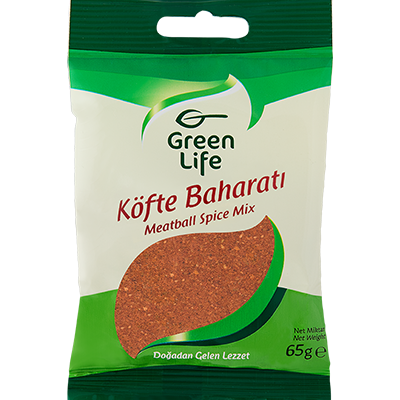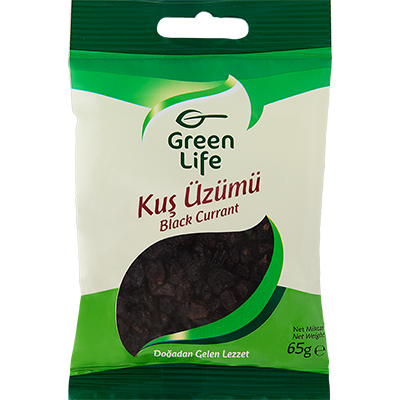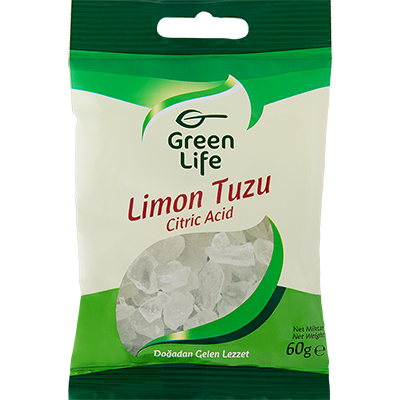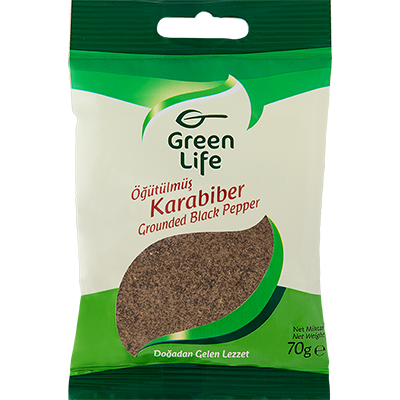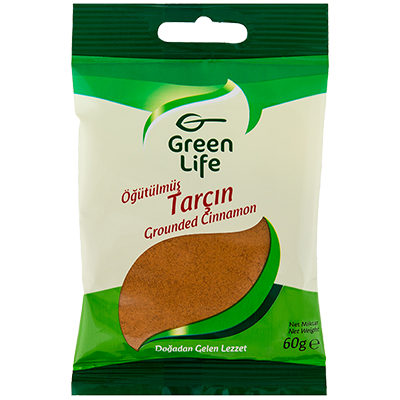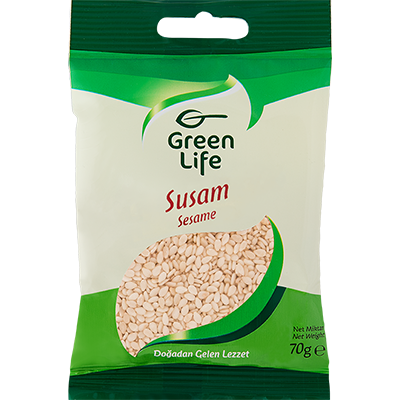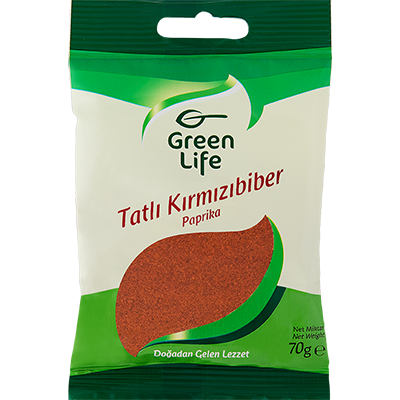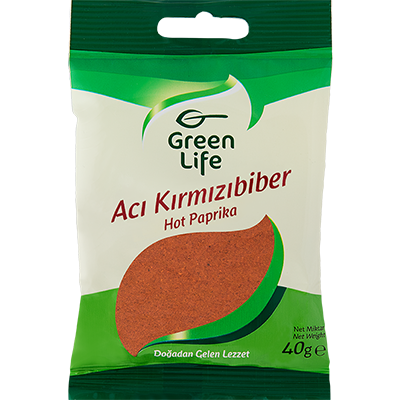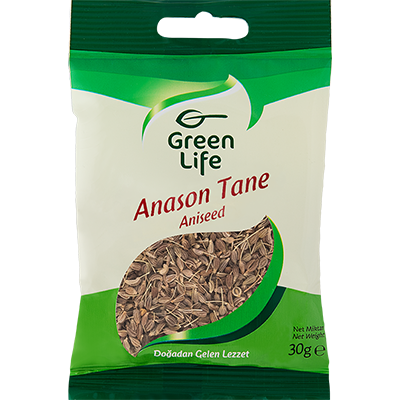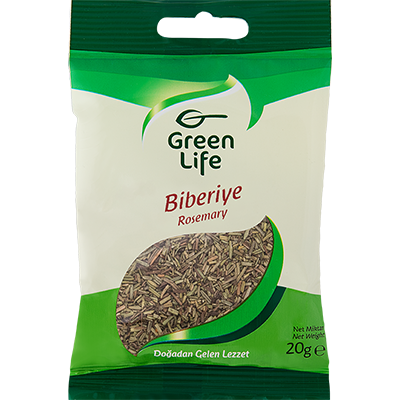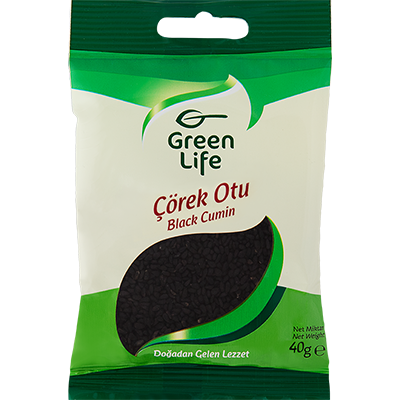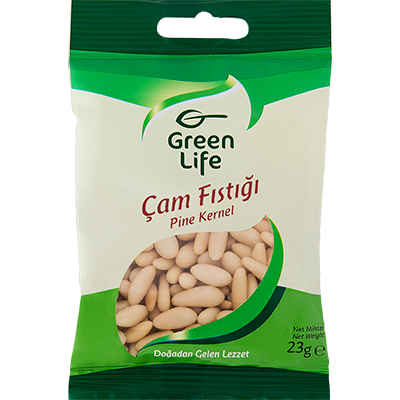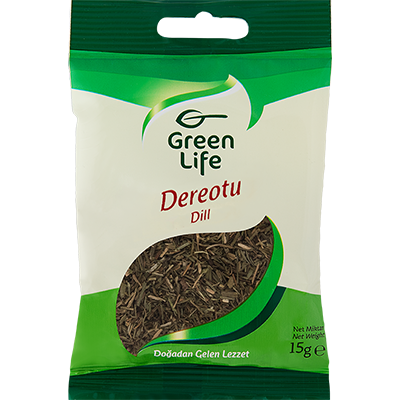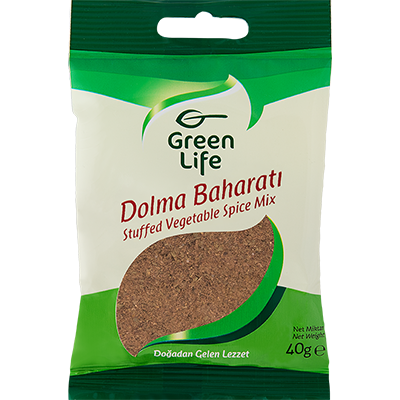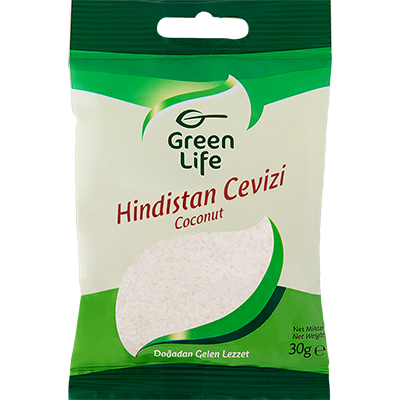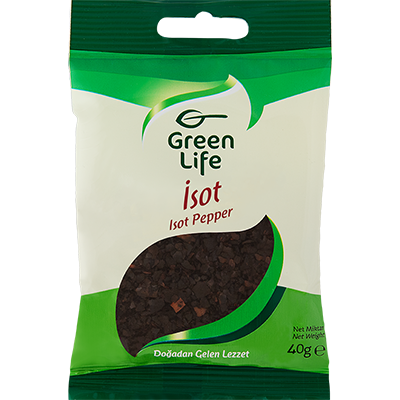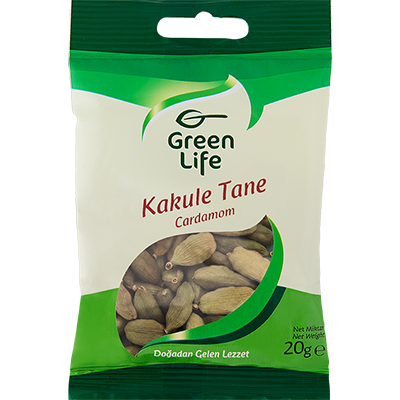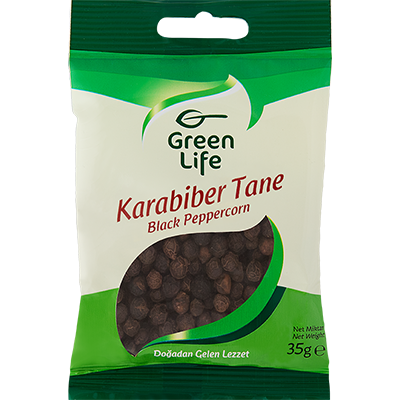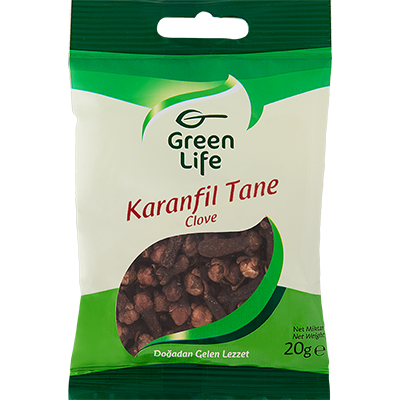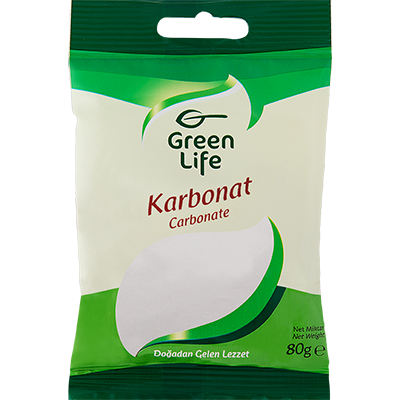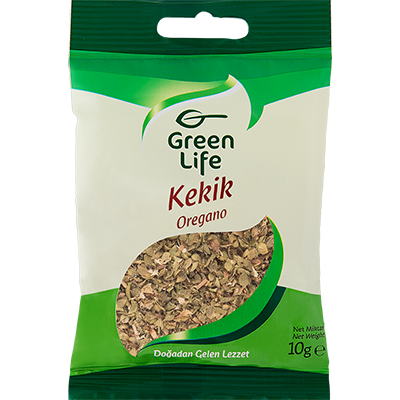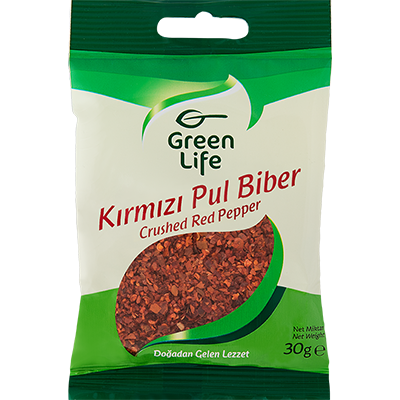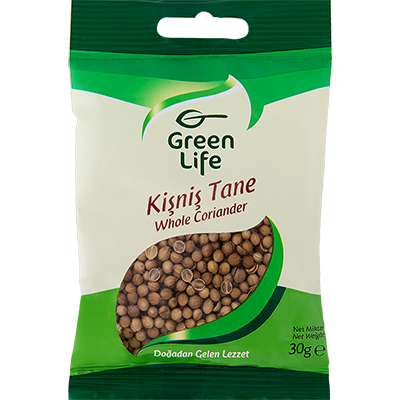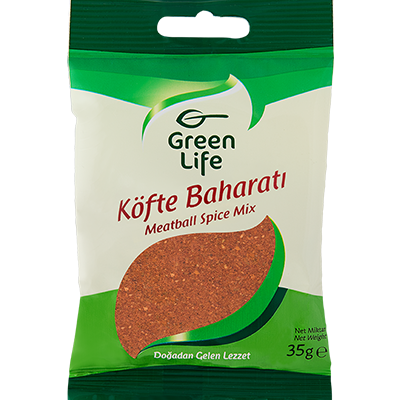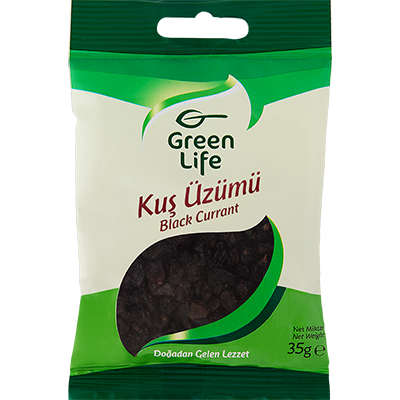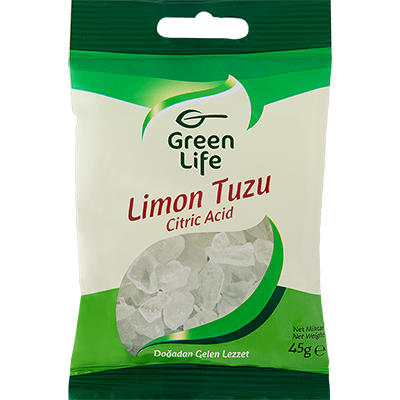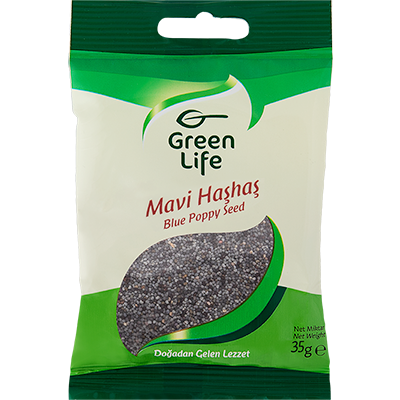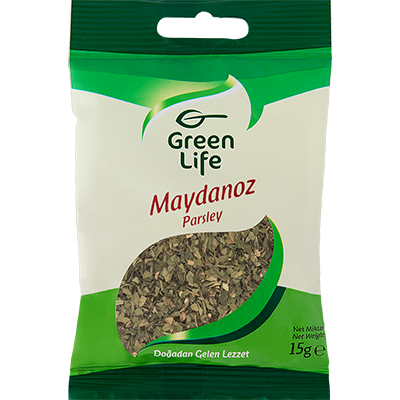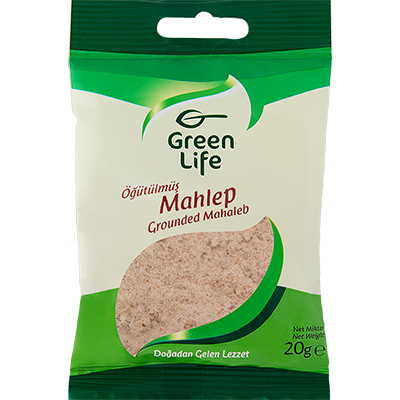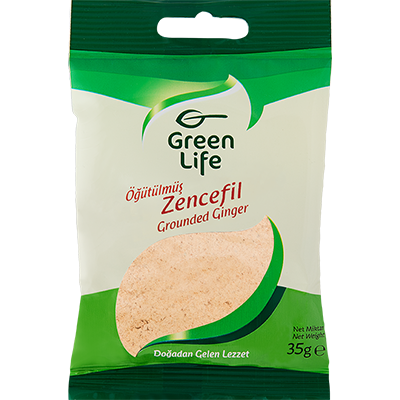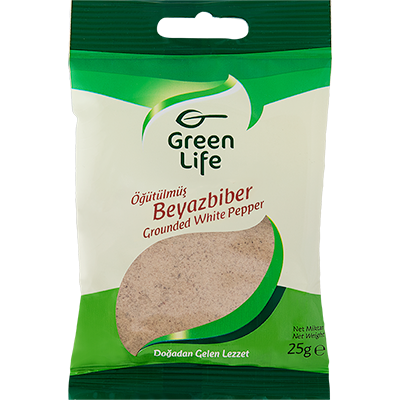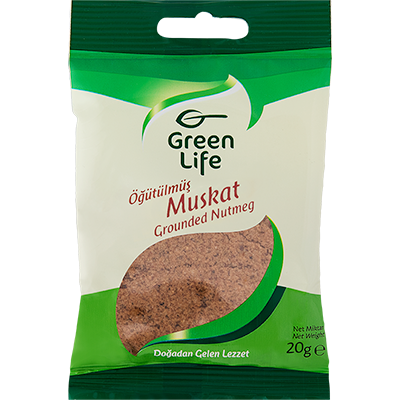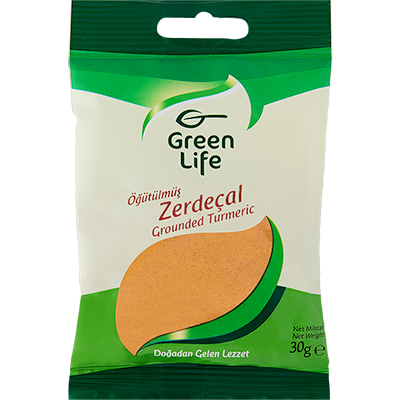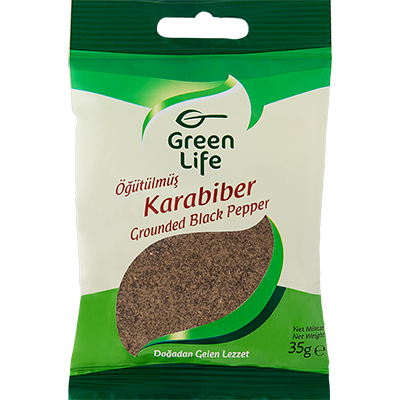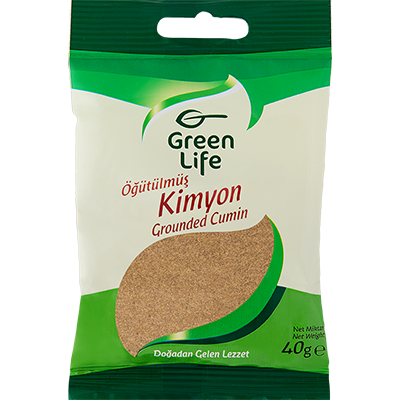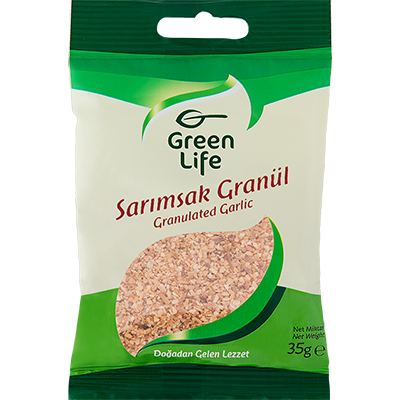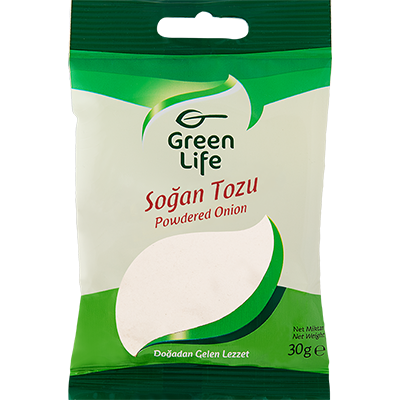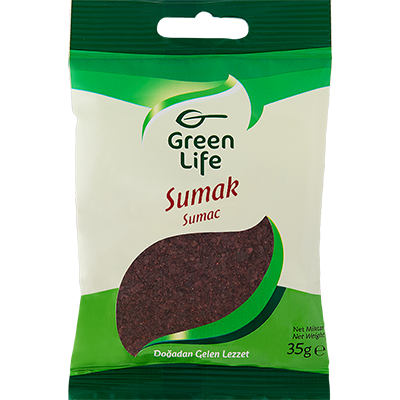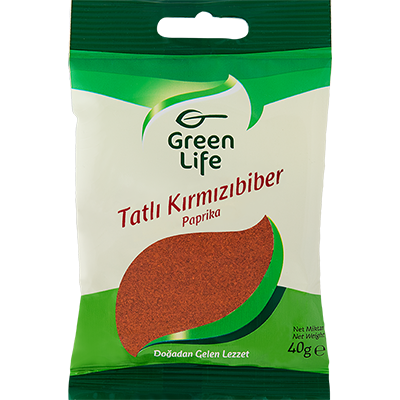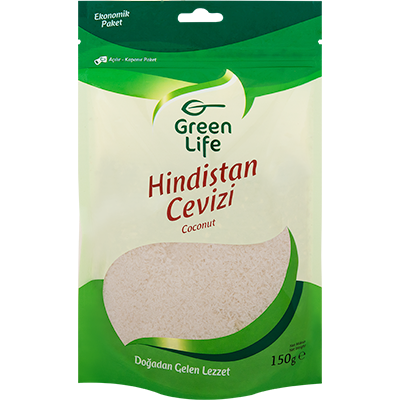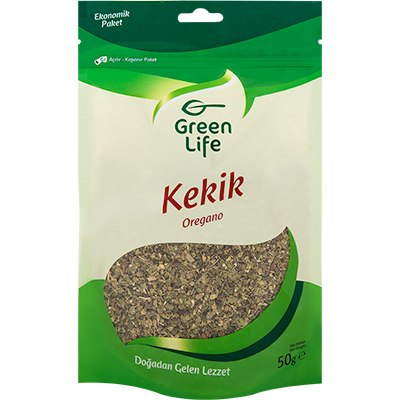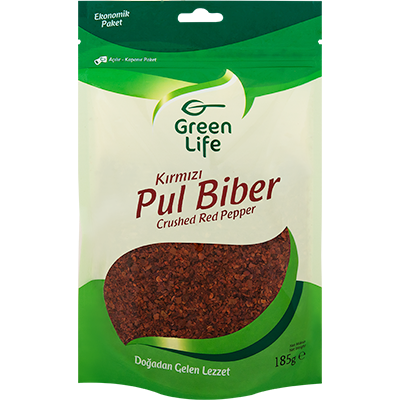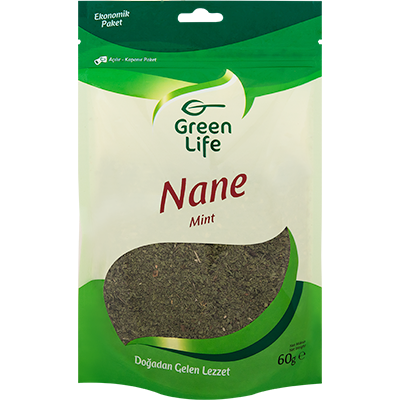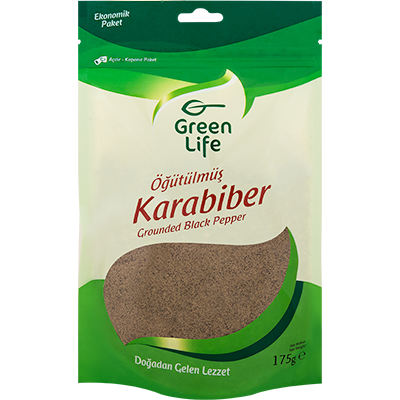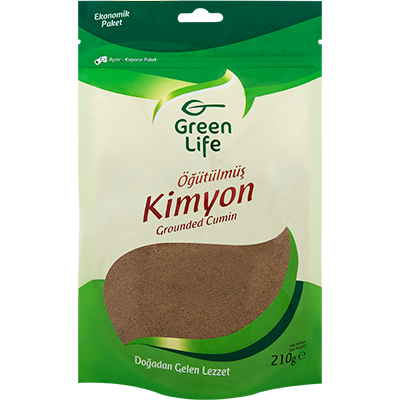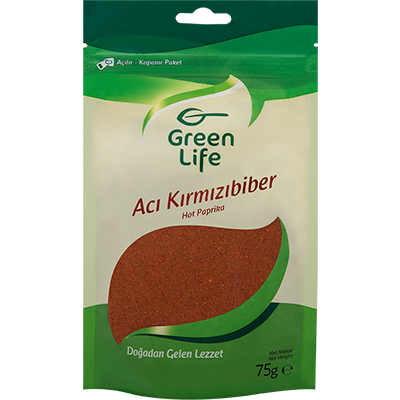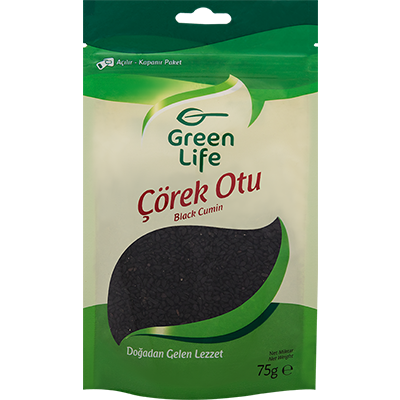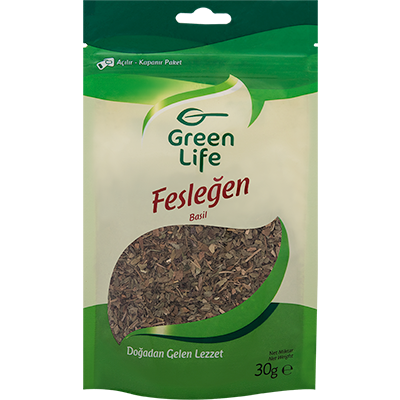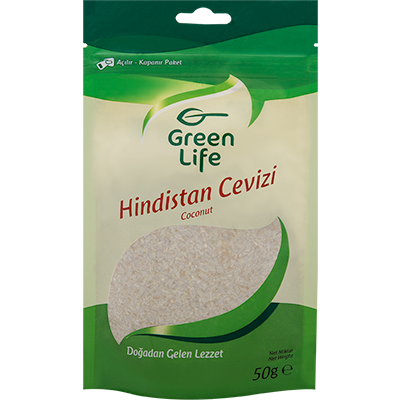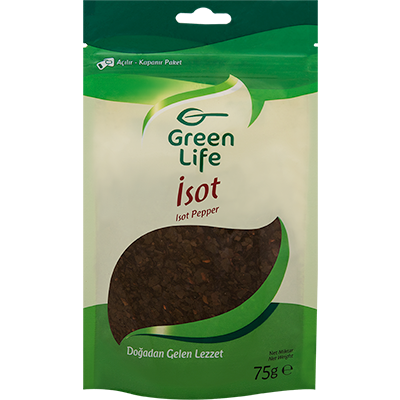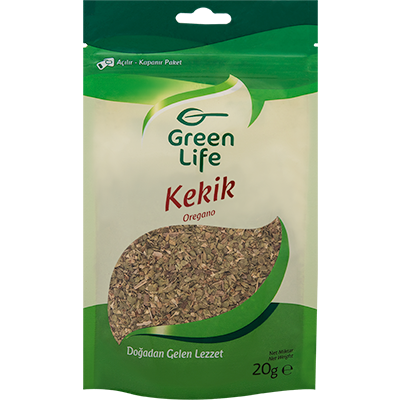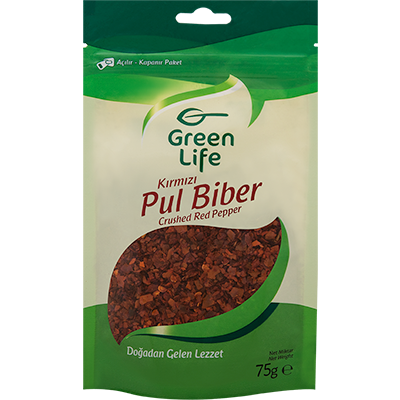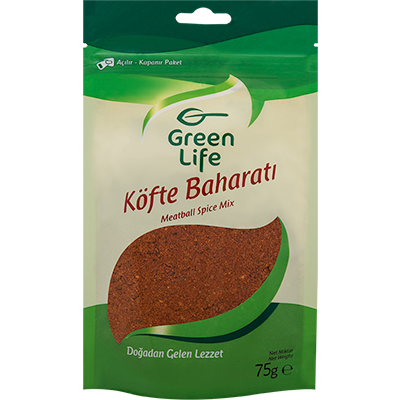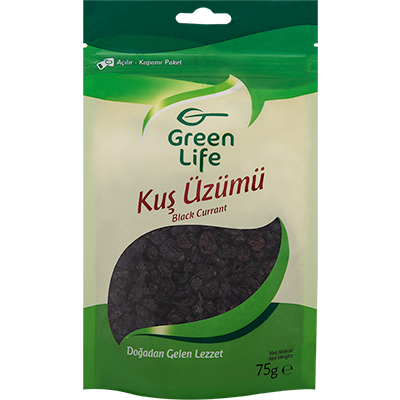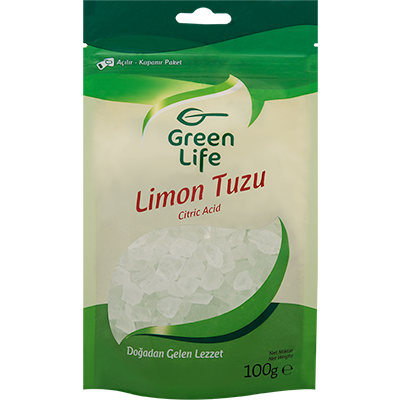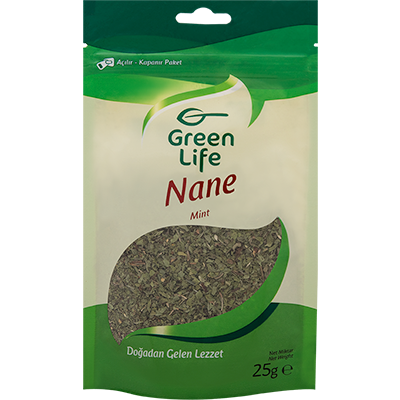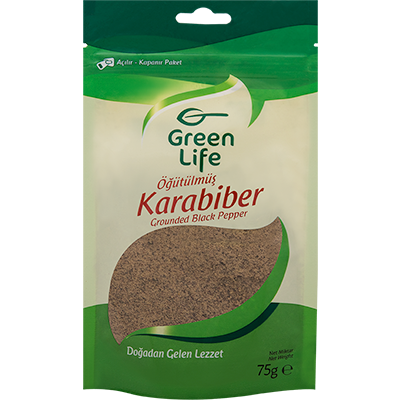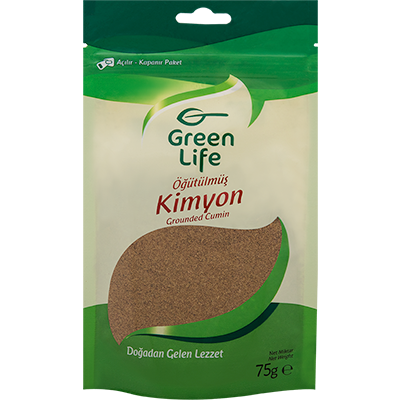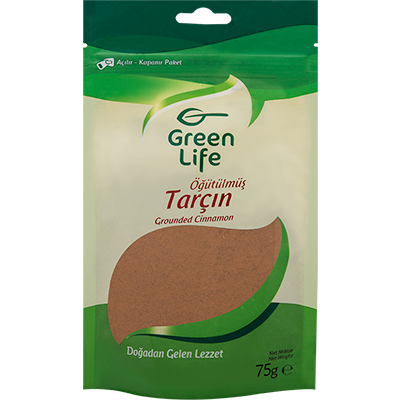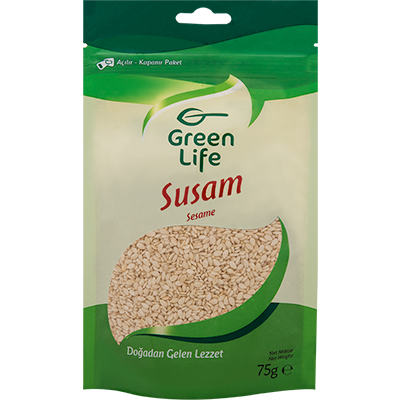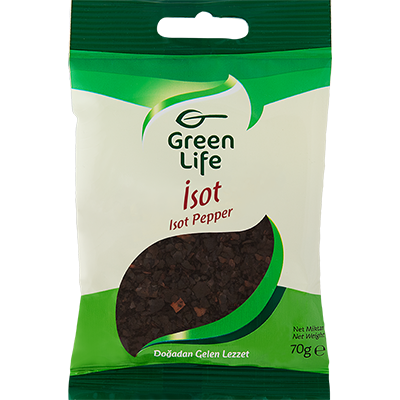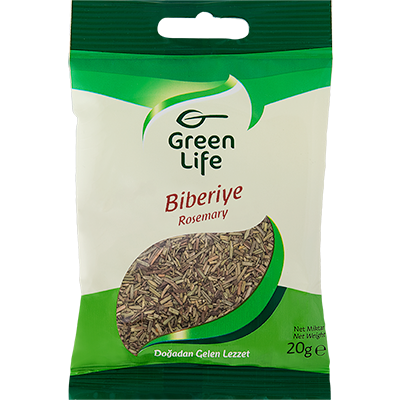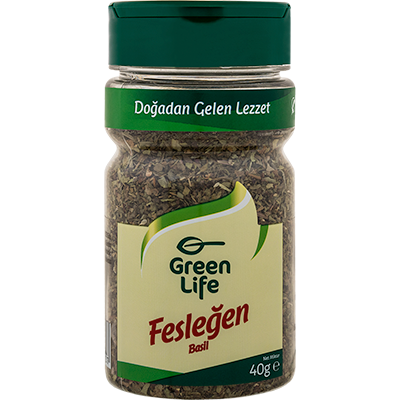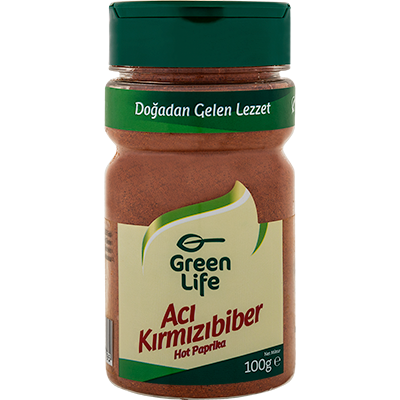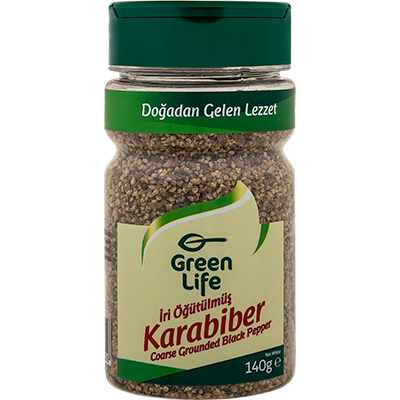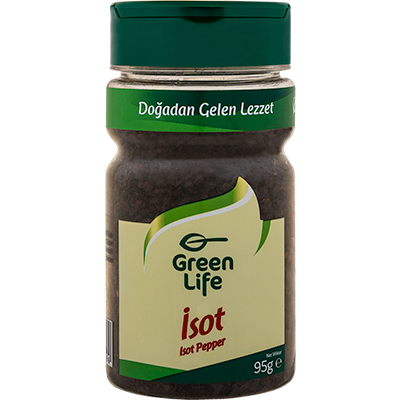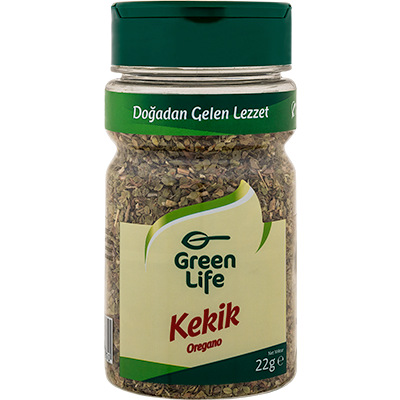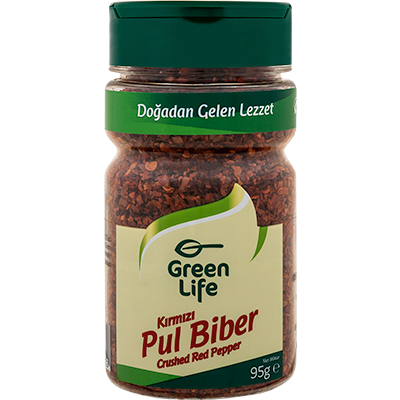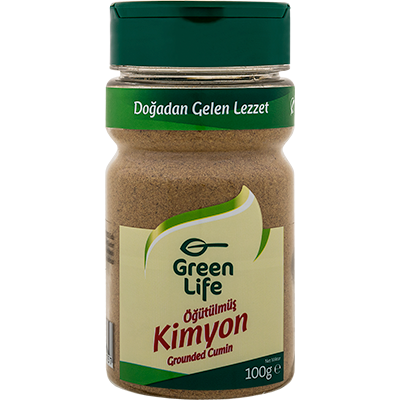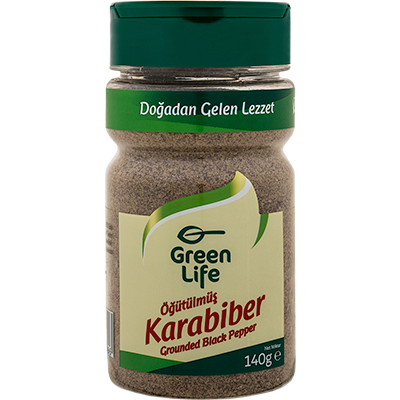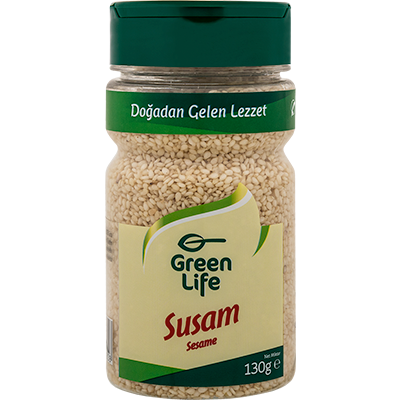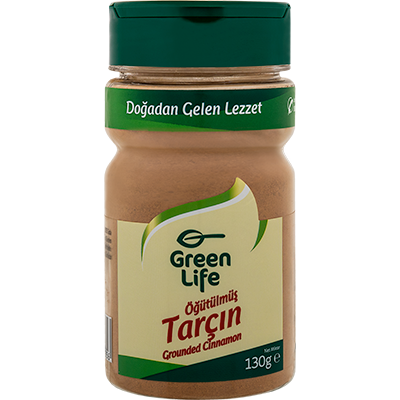Story of Spices / SUMAC

Sumac is produced from a nice-looking plant shaped like a shrub with small red fruits, which can grow 3 meters tall. It is mostly grown in the Mediterranean areas of Anatolia, as well as Middle East and Iran. As it flourishes in high altitudes, it is cultivated in the sparsely forested areas of plateaus and its taste becomes better at in higher fields.
When you put it in your mouth, sumac leaves on your palate an exceptionally sour taste, which is different from the intense aromatic effect of other spices. This sour characteristic makes it an essential spice for Anatolian cuisine, adding sourness to lemons, vinegar or sour grapes. It works so well with various dishes and meals in the Turkish cuisine that, today it has become almost impossible to find a kebab or mantı (Turkish type ravioli) restaurant without sumac on their tables. As the secret ingredient that gives piyaz (onion and parsley salad) its unique characteristic, that adds flavor to acı ezme (hot pepper paste) and that makes Southeastern dolma (stuffed vegetables) so delicious, sumac is one of the basic spices that we use in our kitchen. Aside from the significant role it plays in the Turkish cuisine, it is also widely used in Arab cuisines, especially in Lebanese cuisine.
In the fall, when the leaves of this shrub-like plant turn to red and its flowers become solid, conic, red fruits, they are harvested. Right before the fruits ripen completely, they were picked and dried in the sun. Sumac can be used as whole or as powder after it is grinded. In general, ground sumac is preferred.
Taste notes:
Sumac is mostly characterized by its sourness, instead of its spiciness. It has a pungent, fruity, earthy and acidic flavor. Its taste notes neutralizes the bitter-like and sharp taste of onion. Therefore, it mostly accompanies onion.
Not only does sumac add a kind of sourness to meals, it also functions as a kind of salt, intensifying the aromas of spices in a dish and creating a clearer sense of taste on the palate.
Harmony:
Sumac blends well with all salads prepared with onion, especially with piyaz. It adds a lovely color and a fresh sourness to nearly all meals. It builds a unique flavor for fish marinates, kebabs, zahter, which is prepared with a mix of various spices and consumed with olive oil, mantı and dolma. Sumac also works well with salads prepared with boiled chickpeas and hummus.
Tips:
The shelf life of ground sumac is just a few months. Whole sumac seeds will preserve their freshness for a year. You can purchase sumac as whole and grind them in your own home. However, it is smarter to buy as much ground sumac as you need and to consume it as soon as possible.
Good idea:
Sumac extract is one of the most special flavors used to add sourness to meals in southeastern regions, notably in Gaziantep cuisine. By using a basic method, you can prepare sumac extract in your own home and use it to add a sour note to your meals. If you prefer to use whole sumac, try to crush all the seeds by beating them in a mortar first. Or for practicality, you can use ground sumac. Put the sumac in a bowl, pour some hot water over it and keep it there for 20-30 minutes. Afterwards, drain the water and put it in another bowl. You can use this sumac extract for flavoring different kind of meals, most notably dolma, as the natives of Antep do. By mixing sumac extract with olive oil and salt, you can create an outstanding and rather delicious salad dressing for your salads.
- -AKÇAABAT MEATBALL SEASONING
- -ANISE
- -WHITE PEPPER
- -ROSEMARY
- -PINE NUTS
- -CRISPY CHICKEN COATING MIX
- -NIGELLA
- -BAY LEAF
- -DILL
- -MEAT SEASONING MIX
- -BASIL
- -MUSTARD
- -DESICCATED COCONUT
- -İNEGÖL MEATBALL SEASONING
- -ISOT
- -ITALIAN PIZZA SEASONING
- -CARDAMOM
- -BLACK PEPPER
- -CLOVE
- -BAKING SODA
- -CHICKEN WINGS SEASONING MIX
- -BUTCHER’S MEATBALL SEASONING
- -THYME
- -RED PEPPER
- -CUMIN
- -CORIANDER
- -CURRY
- -DRIED BLACK CURRANT
- -SOUR SALT
- -MAHLAB
- -BARBEQUE SEASONING MIX
- -POPPY
- -PARSLEY
- -NUTMEG
- -MINT
- -PURPLE BASIL
- -GRANULATED GARLIC
- -GARLIC MUSTARD FRENCH FRIES SEASONING MIX
- -VEGETABLE SEASONING
- -SAUSAGE MEATBALL SEASONING
- -SUMAC
- -SESAME
- -CINNAMON
- -TARRAGON
- -CHICKEN SEASONING MIX
- -ALLSPICE
- -GINGER
- -TURMERIC
- -SPICE BLEND FOR STUFFED VEGETABLES IN OLIVE OIL
